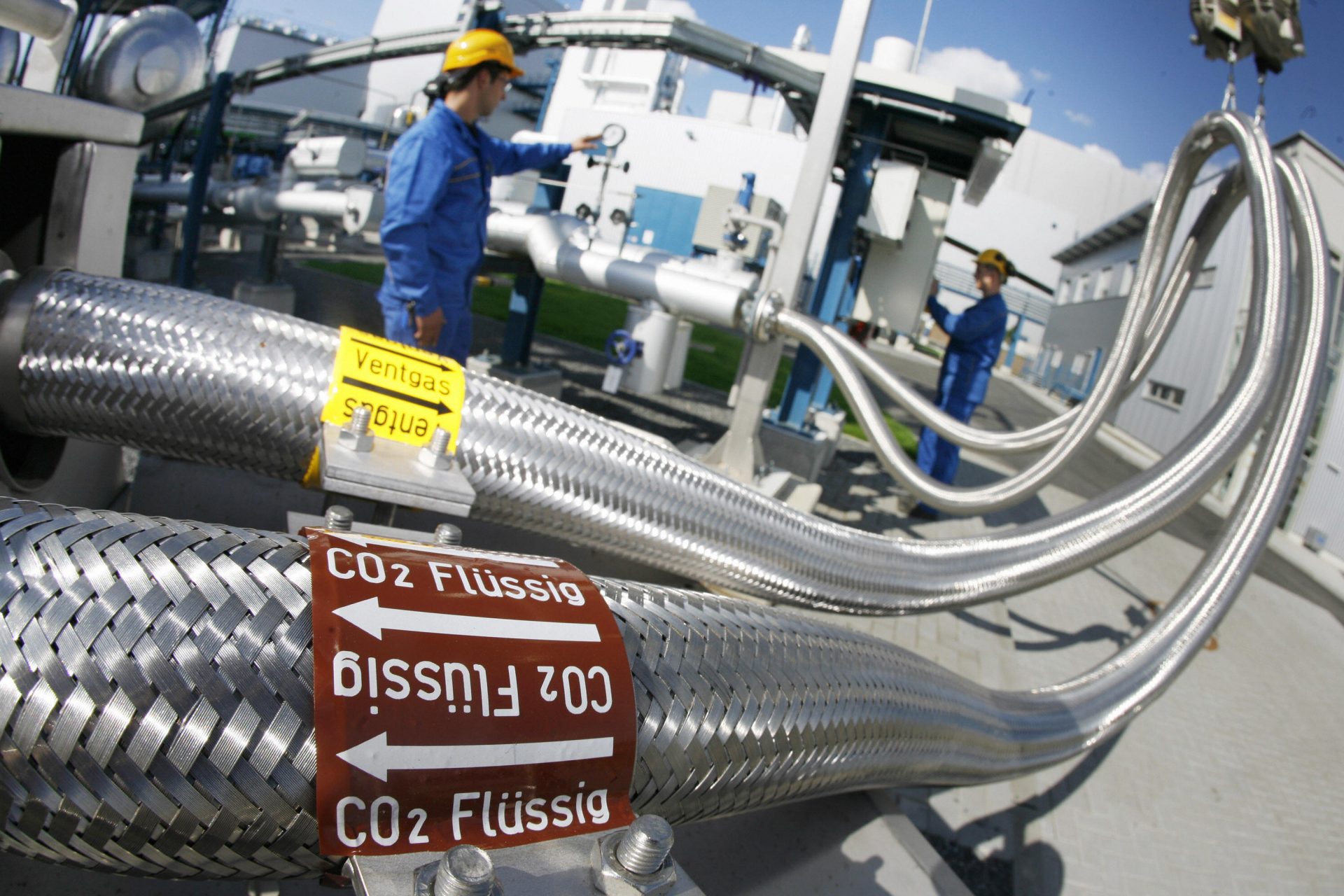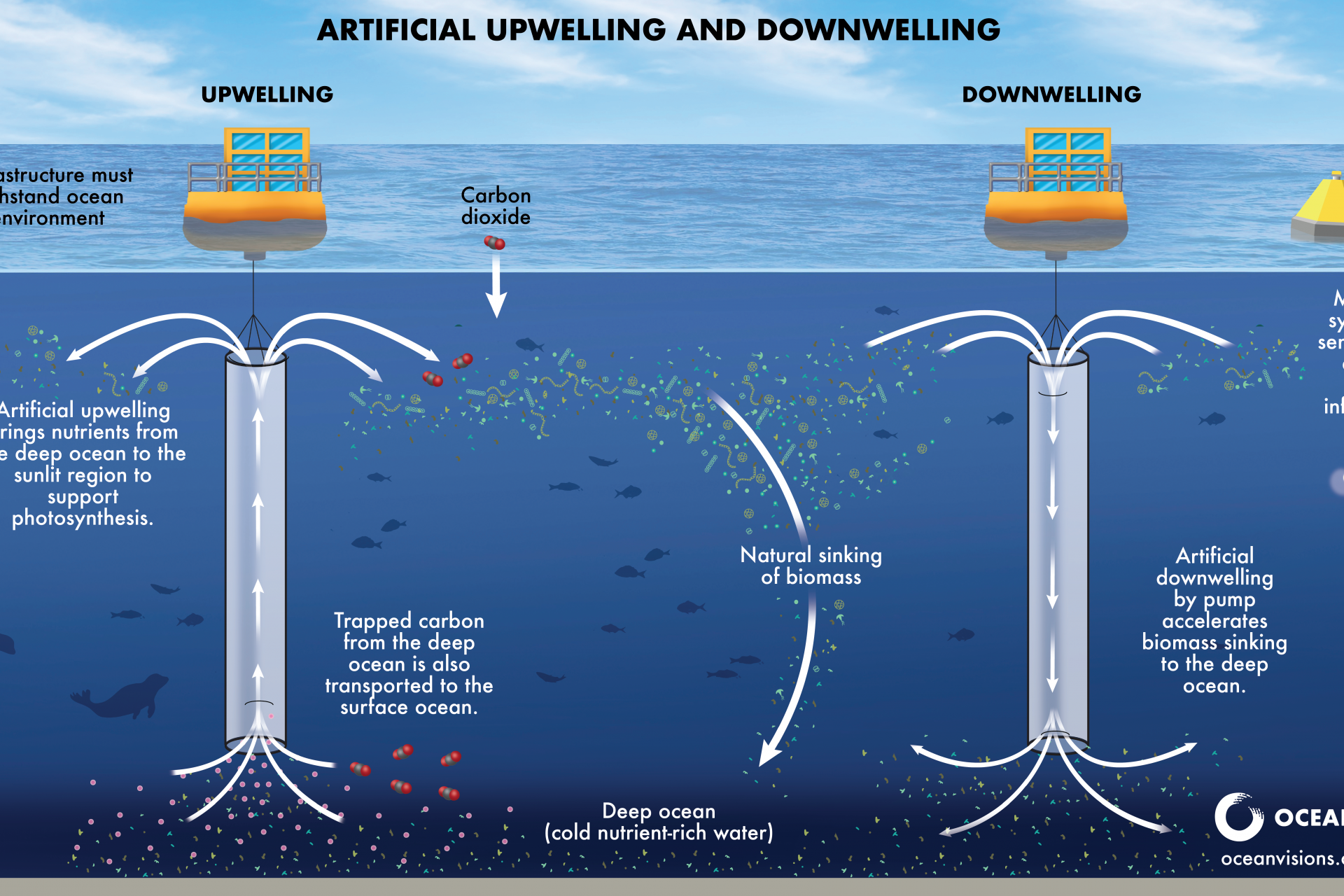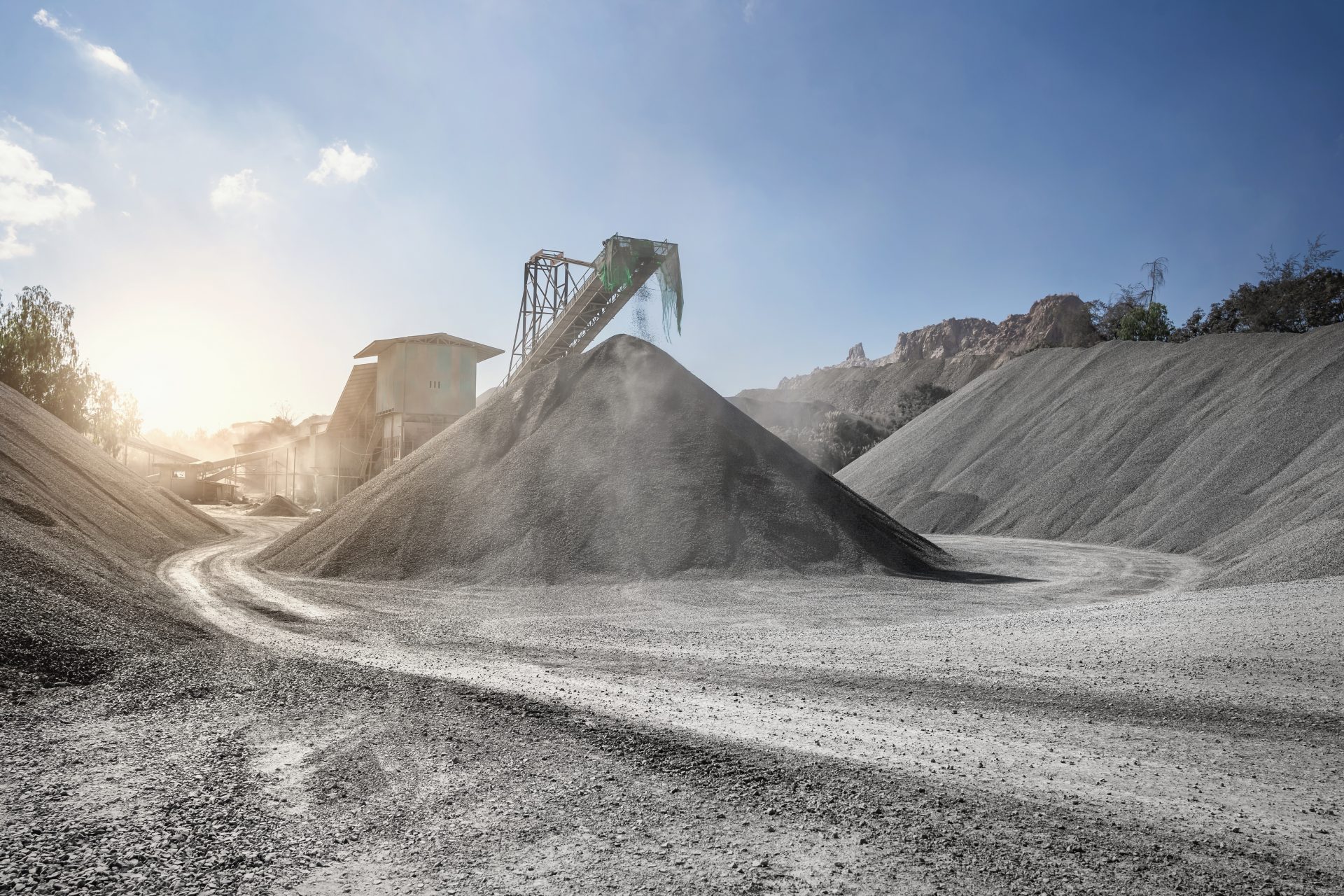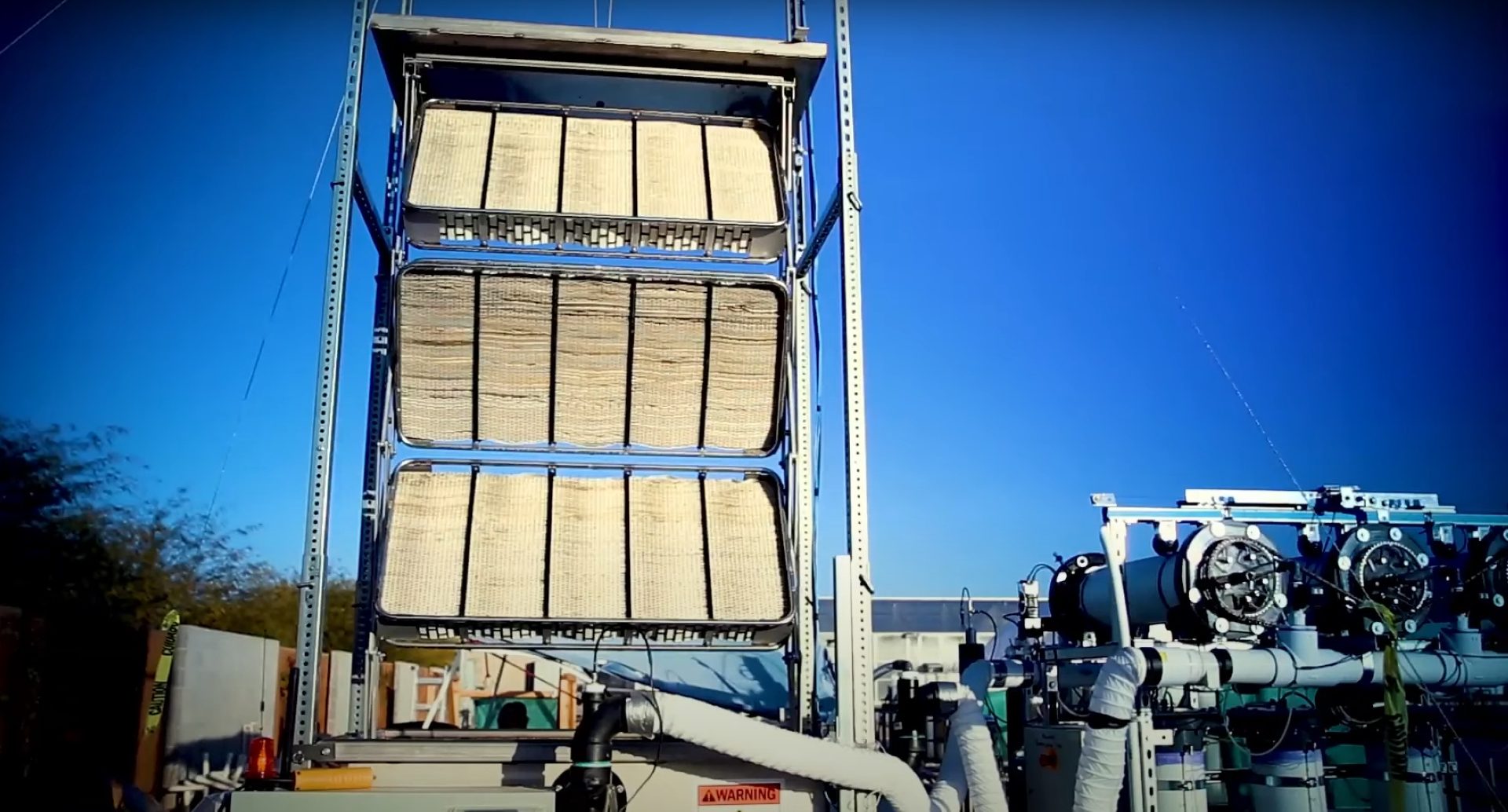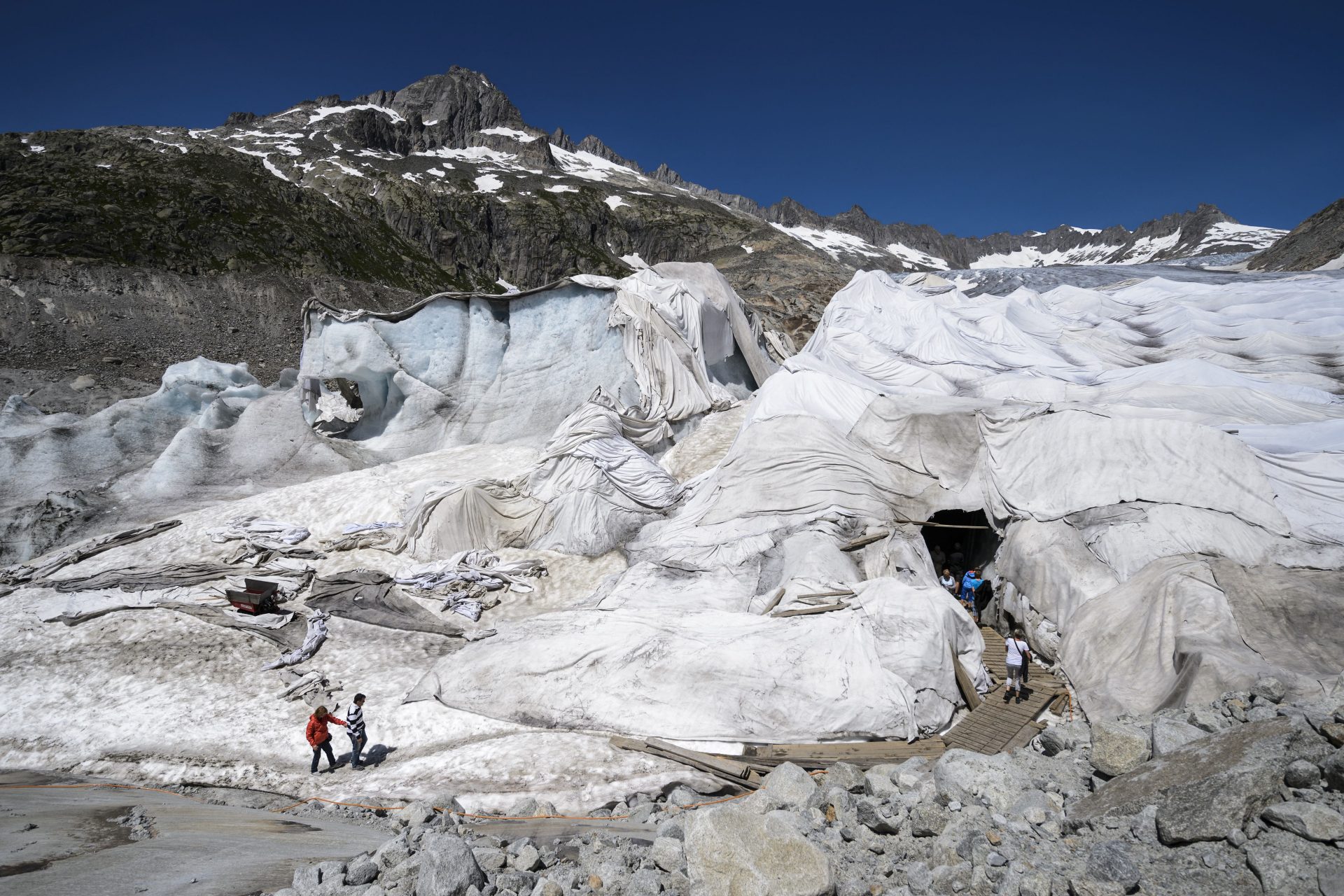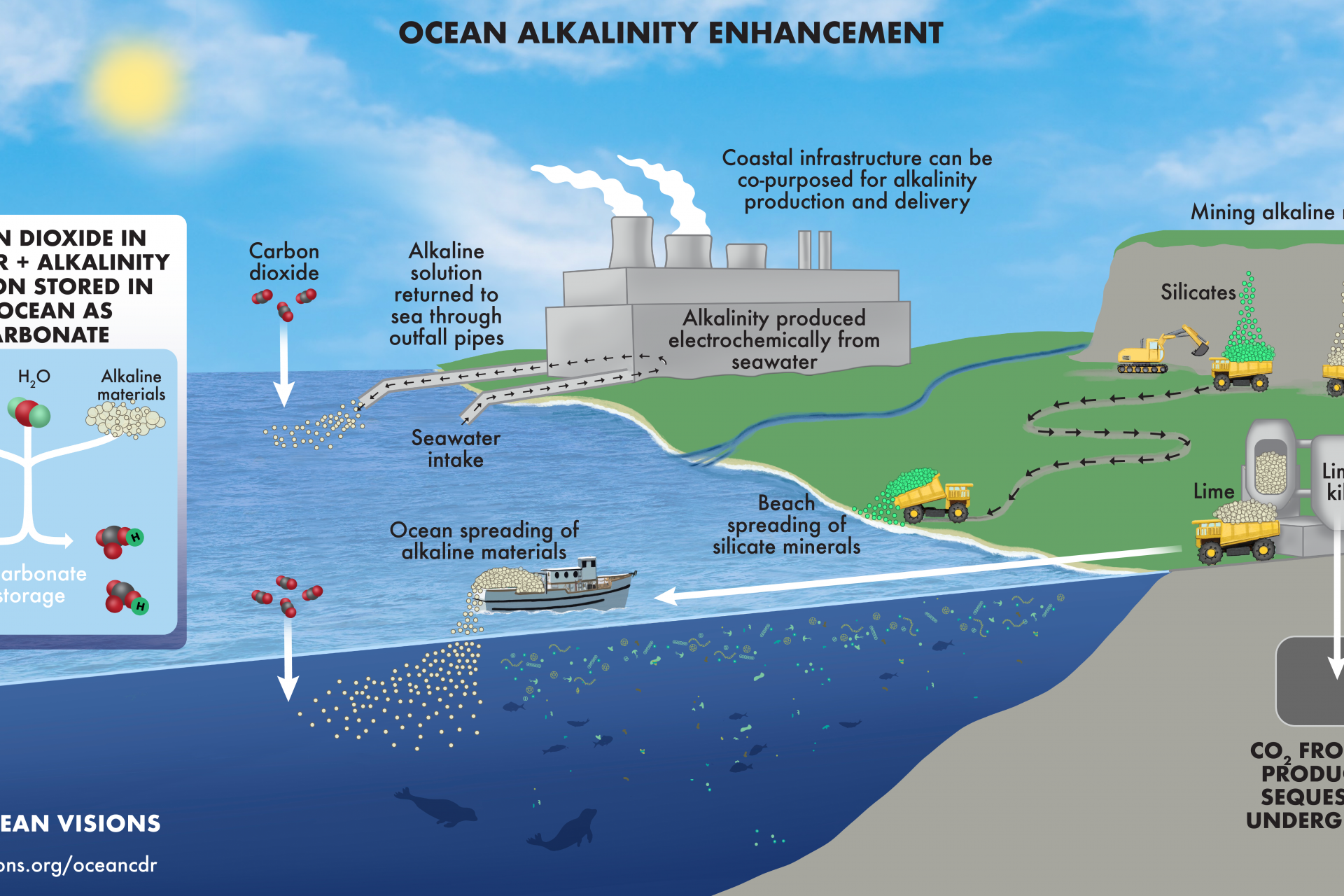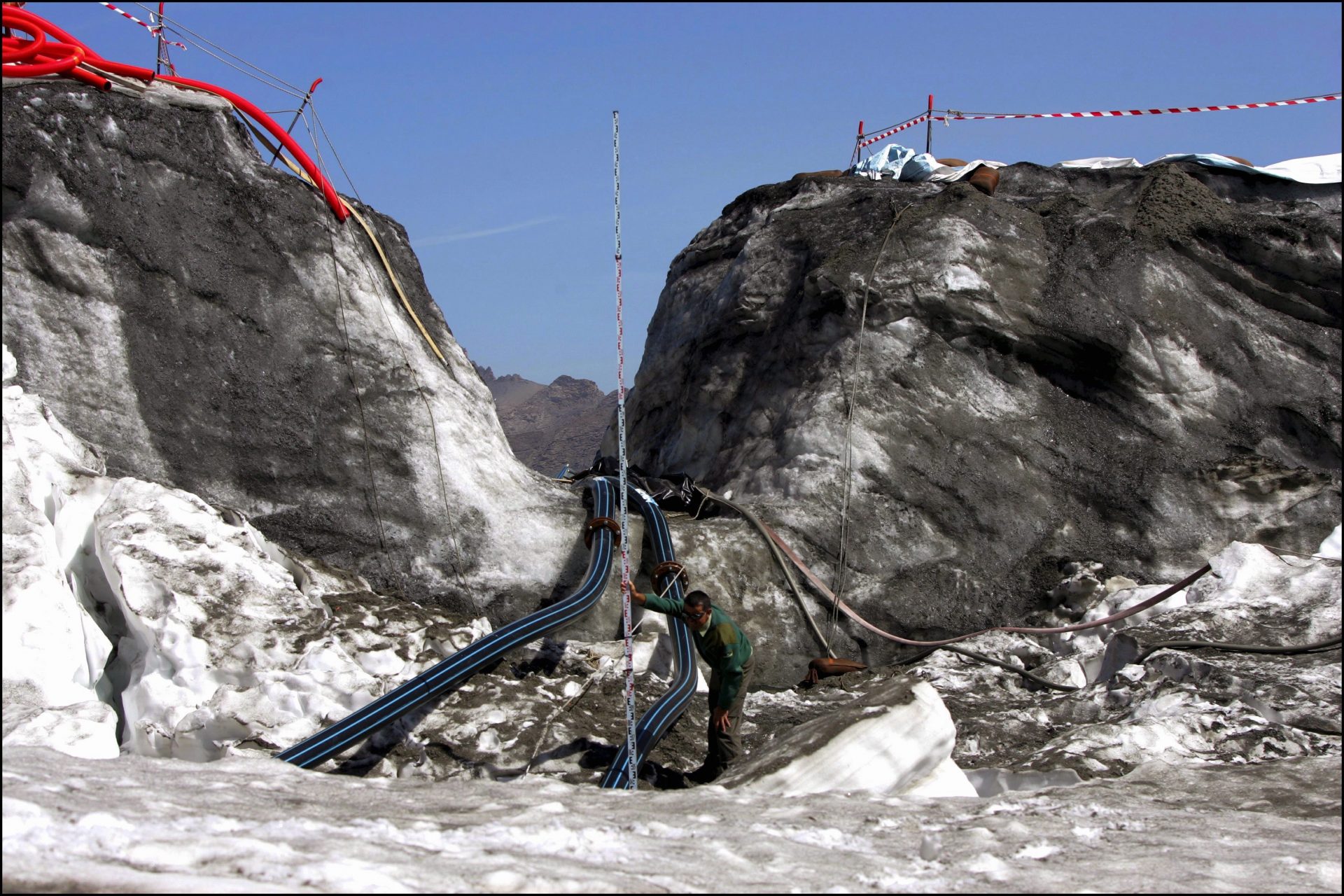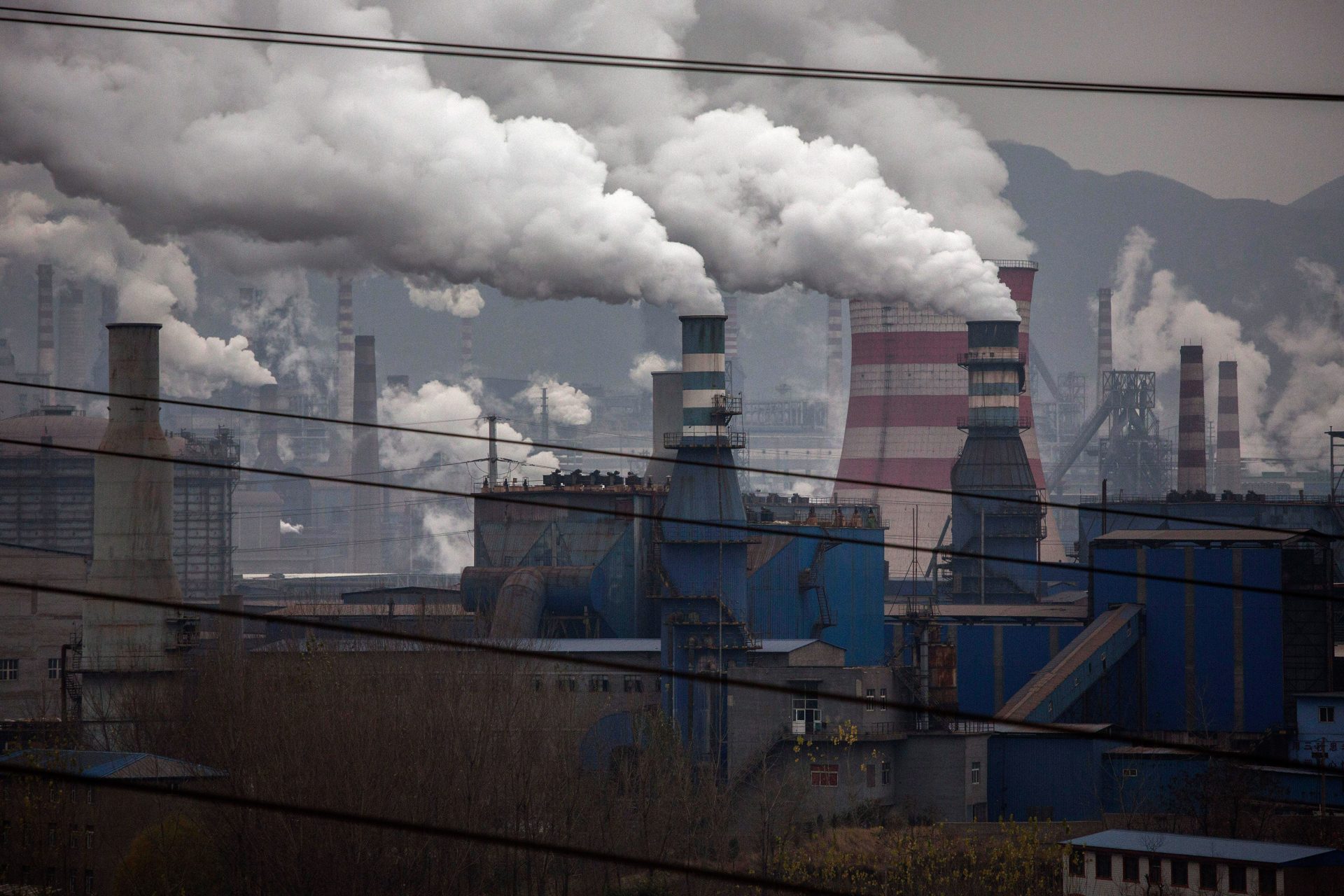Moonshot geoengineering schemes being considered to cool the planet
Geoengineering refers to large-scale manipulations of Earth's climate systems to counteract the effects of global warming, according to Princeton University. But, as you’ll see, some of the ideas seem far-out or even with far-reaching implications… and even if they do work with minimal side effects, capturing CO2 or blocking solar radiation can come with a heavy financial price tag.
This technology sucks CO2 directly from the air and stores it underground. This technology already exists and is storing almost 45 million tonnes of CO2 each year, mostly zapping CO2 from highly polluted air around big power or industrial plants. But the cost of capturing Co2 from regular air is much less efficient and very expensive, so even the energy cost of sucking out the carbon isn’t worth doing at this point.
Adding nutrients to the ocean stimulates phytoplankton growth, which absorbs CO2. More than a dozen open-sea experiments have confirmed that adding iron increases photosynthesis in phytoplankton by up to 30 times. And while it is one of the more researched carbon removal methods, it only sequesters CO2 for 10-100 years and the environmental side effects could be significant like dead zones seen from algal blooms. In Science magazine, one expert called it “barking mad.”
Yep, space mirrors are just that — giant mirrors orbiting the Earth to reflect sunlight away from our warming planet. The concept was even successfully tested once by the Russians in the 1990s, as a way to beam solar power to Earth but the project was later abandoned. According to Rand Corporation, besides technology unreadiness, they could cause regional shading, which could impact regional agriculture and environments. The geopolitical implications could also be interesting.
Image: Znamya-2 after its deployment, 4 Feb. 1993, RSC Energia via Wikimedia
Devices could be used to pump cold, nutrient-rich water to the surface (upwelling) or warm surface water to the depths (downwelling), potentially altering local climates. The hypothetical upwelling is also hypothesized to absorb Co2 and store carbon as it sinks back to the ocean floor. But as Geoengineering Monitor says, the tech is “at best unproven” and could pose big threats to marine environments, ecological cycles, and even the climate.
Image: Artificial Upwelling and Downwelling © 2023 by Ocean Visions
By spraying reflective particles into the stratosphere, this method aims to reflect sunlight away from Earth, mimicking volcanic eruptions' cooling effect. According to the Intergovernmental Panel on Climate Change concludes that it "is the most-researched [solar geoengineering] method, with high agreement that it could limit warming to below 1.5 °C (2.7 °F)." Drawbacks? Lots! At the very least we’d have to say goodbye to clear blue skies.
This involves spreading finely ground minerals on land to accelerate natural weathering processes, absorbing CO2 from the air, and storing it in minerals. It mimics Earth's natural long-term carbon cycle but speeds up the reaction rate. The science is sound but MIT says the cost of grinding, transporting, and mining the rocks/minerals needed takes a lot of energy — sometimes creating more emissions than it saves.
Unlike natural trees, artificial trees can be designed to use chemical processes to capture and store CO2 from the air around the clock. At Arizona State University, one extracts the gas 1,000 times faster. The captured CO2 can then be stored or used in industrial applications. The problem? The trees are the size of shipping containers and an estimated 100 million would be needed to stop excess emissions, according to BBC. Economically speaking, natural trees are still way more efficient at absorbing CO2.
Image: Innovative Tech/Youtube
They are already being tested in Switzerland — gigantic white geotextile coverings to shield quickly melting glaciers from solar radiation, but still allow water to permeate. The largest is the size of seven soccer fields. Glaciologist Matthias Huss told Scientific American that it may make sense in rich ski areas, but not to cover glaciers around the world. In Switzerland alone, blanketing all the glaciers would cost $1.52 billion per year!
This technique aims to increase the reflectivity (brightness) and even the lifetimes of certain clouds, according to Harvard University. While the research is valuable, the Harvard group said it doesn’t focus on this research because of the risks related to large-scale climate and weather patterns. It could be done by spraying sea salt into the marine boundary layer.
By dumping alkaline minerals into the seas, scientists theorize that oceans, which already hold more carbon than any other part of the biosphere, can store more CO2. Organization Ocean Visions says this could help some marine life struggling due to acidification, but that more studies are needed to show how it would impact other species. Plus, cost remains an issue.
Image: Ocean Alkalinity Enhancement © 2023 by Ocean Visions
In the 2020 novel ‘The Ministry for the Future’ scientists help slow sea level rise by pumping water from below glaciers because this warm, salty water is speeding up erosion (which it is in real life). For now, scientists have looked at a variety of similar options, including draining or freezing the bed; retaining snow; stiffening shear margins with ice; blocking warm sea water entry; or thickening ice shelves. Most of it is untested…though in Norway, they are pumping meltwater at the bottom of a glacier into a hydropower plant.
On the contrary to cloud brightening, this theoretical method is about thinning cirrus clouds — high, cold ice clouds that, on average, warm the climate more than they cool it. While this idea was mentioned by the International Panel on Climate Change (IPCC), the international experts said there was low confidence in the idea because not much is understood and it could increase global precipitation.
A 2023 study between high-profile researchers in Sweden and American colleges like Yale found that using biochar — a type of charcoal made by heating leftover organic material — as a way to not only boost soil quality but also remove CO2 from the air and store it in the soil for centuries. The dark side? According to Geoengineering Monitor, there are supply issues and long-term effects still haven’t been studied enough.
Some scientists argue that although risky, these projects are likely to be needed to deal with runaway global warming. In 2023, prominent American climate researcher James Hansen argued that emissions cuts alone won’t go far enough to stop climate catastrophe, so geoengineering is needed, however unfortunate. The same year, other experts called for a global moratorium on efforts to geoengineer climate.
“Fossil fuel elites will use geoengineering as an excuse to continue business-as-usual. As a climate scientist, my worst nightmare is continued fossil fuel expansion accompanied by solar geoengineering followed by termination shock. This would be game over for human civilization and much of life on Earth,” Peter Kalmus, a climate scientist at NASA, told The Guardian.
More for you
Top Stories




